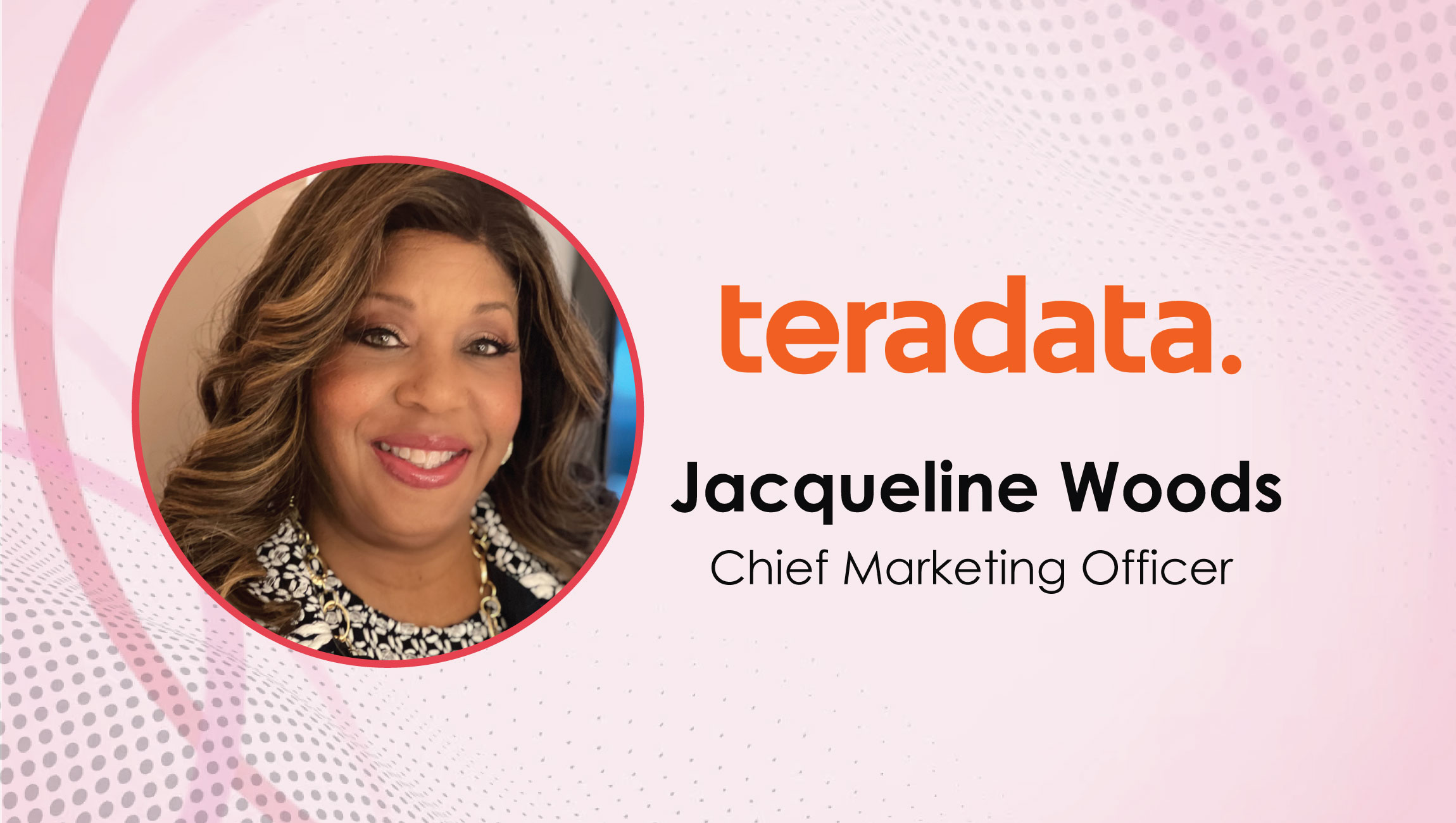Every leader inevitably needs to assess the health and performance of their business. In the same way that individuals routinely monitor their physical health through doctor’s visits and blood tests, leaders must be prepared to conduct their own business health checkups. This will enable them to continuously determine not just how the business is doing, but more importantly, how they’re stacking up against the competition.
In the consumer retail space, many companies are of a similar size and scope, making clear competitive differentiation even more critical. To that end, customer acquisition and retention must remain top priorities for consumer retailers looking to stand out. But with a 50% higher cost of customer acquisition and repeat customers spending more than new customers, today’s marketers need to be able to pinpoint whether their customer acquisition and retention activities are really paying off. It’s worth noting that most businesses tend to focus more on new customers instead of properly approaching expanding the lifetime value of customers, a far more efficient way to drive total revenue.
The encouraging news is that advances in marketing technology include platforms and solutions designed to evaluate business health and performance relative to cohorts of similar size, stage or product offering. These are some of the benefits marketers can reap as a result:
Insights and transparency
Taking the pulse of your marketing efforts starts, unsurprisingly, with data. Just like when your doctor recommends a specific diet because of your BMI (relative to other people of your age and fitness), when your performance data flags an issue, you tend to pay attention. The wealth of data available empowers you to gain insights and transparency into what’s actually going on in your business relative to your cohort, often in ways you were never able to see before. In addition, the data can help provide actionable recommendations for what you can do differently to create more impactful customer engagement and build long-term value.
With the changes to Apple’s iOS app tracking transparency, there is less visibility than ever before. This makes deep analysis of your marketing efficiency and transactional data critical to thriving.
Marketing Technology News: MarTech Interview with Gagandeep Singh, Vice President of Global Marketing at Blancco Technology Group
Holistic view
Measuring the health of your business cannot be done in a vacuum. Businesses need to lean into benchmarking to create a more holistic view of their business health, including how they’re stacking up on key performance metrics (e.g., ROAS, CAC, CPM, etc.). Marketing leaders need to stay on top of their game and keep tabs on what’s happening in their business environment, particularly as systems and technologies evolve. Leaders who operate without monitoring benchmarks tend to get left behind. When you make benchmarking a regular practice, you can keep the business moving in the right direction, whether it’s adopting or improving upon best-in-class practices, reducing costs by increasing efficiency, or focusing on offerings that promote customer satisfaction and loyalty.
Better evaluation of investments
Another advantage of available business health measurement solutions is the ability to better evaluate your investments. When you can expand your understanding of how well you’re retaining customers and creating more value relative to the cost of acquisition, you can better decide which investments are worth spending on. If you learn that the technology and services you’ve selected are not helping you outperform your competitors, it might be time to re-allocate resources and pivot strategy and tactics.
Unlike physical health check-ups that happen once or twice a year, businesses must make data-based business health checks a daily habit. By embracing technology that helps you measure your actual performance against the competition, you can more easily identify the areas where you’re flourishing and where there is room for improvement. When you allow the data to do the talking, you can better action your customer insights, create a more complete picture of the customer lifecycle and maximize your precious time and resources throughout.
And the best part is you don’t need a dedicated team to make it all possible.
Marketing Technology News: Consumers Taking Action: Grocery Shopper Trends That Defined 2023, and How They’re Changing in 2024
Missed The Latest Episode of The SalesStar Podcast? Have a quick listen here!
Episode 195: Data Best Practices for Modern Marketing and Sales with Ana Mourao, CRM Sr. Manager at Stanley Black and Decker Inc.
Episode 194: AI’s Influence on Travel and Hospitality with Toby Korner, SVP, Digital Marketing at Priceline
Episode- 193: A Chat on AI with Debbie Braney, Vice President, Demand & Brand Marketing at Glassbox











